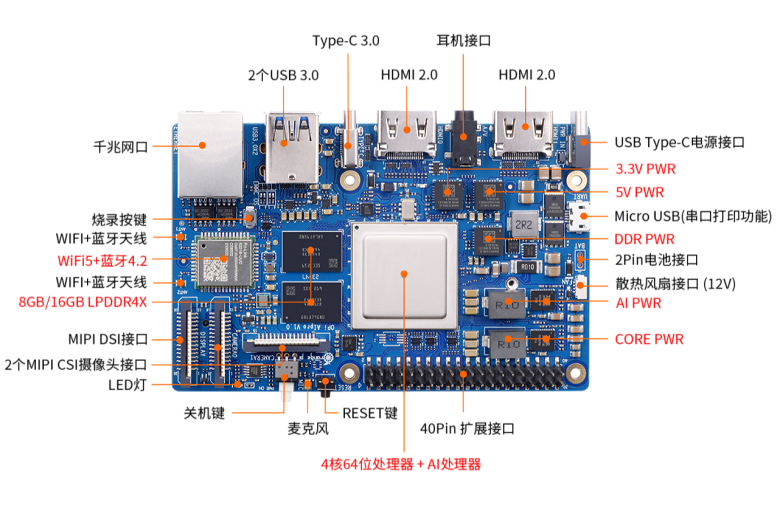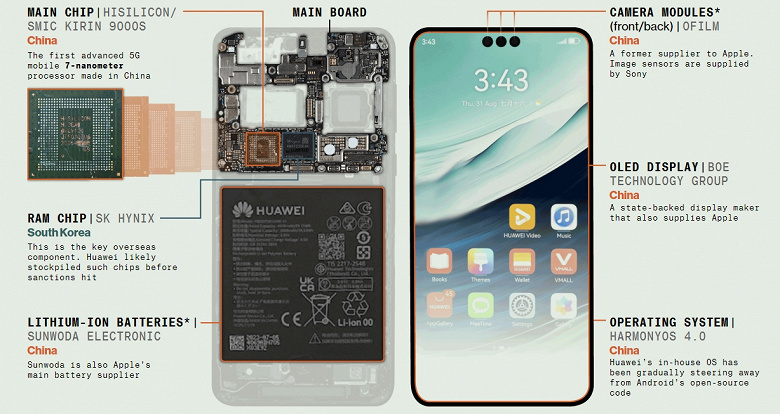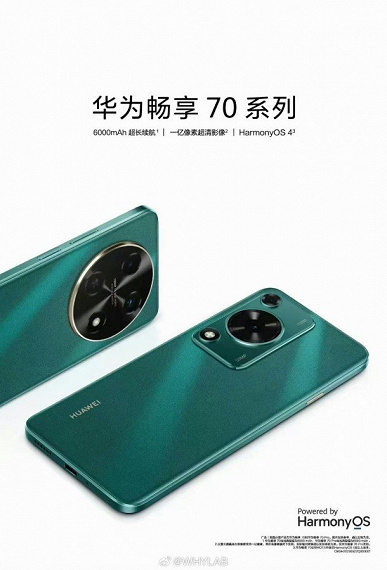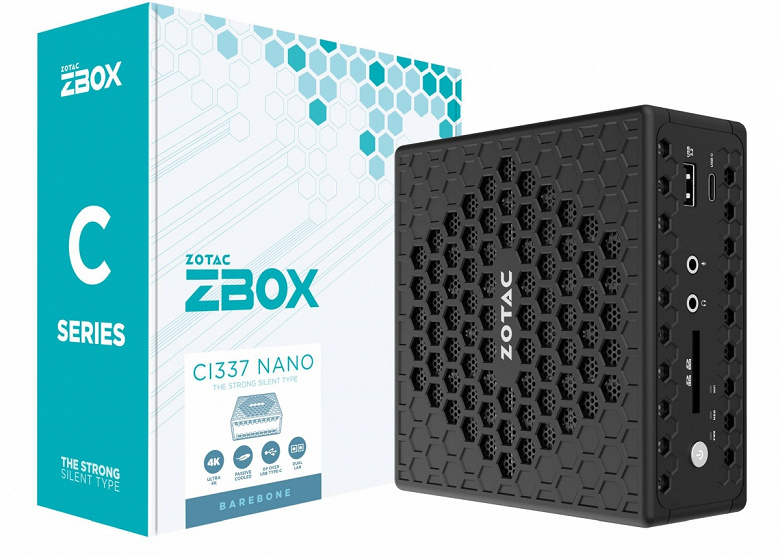Huawei HiCampus and Cloud Campus: a solid foundation for corporate Wi-Fi 6
Huawei Cloud Campus is a single set of solutions that allows you to manage the entire deployed network infrastructure from a single cloud, as well as easily supplement the system with new devices, their bundles, and scenarios, including those from the IoT sphere – that is, to transform initially “stupid” environments into “smart”. An example is the so-called. “Smart offices”, where the Wi-Fi 6 complex with the help of Cloud Campus will make it easy to manage lighting, air conditioning, security systems, and a number of others, and not just provide workplaces with a network.

Cloud Campus is not a closed environment. Already at the stage of its development, the company foresaw the presence of such a service as an “application store” (marketplace). After all, not all Wi-Fi 6 devices are manufactured by Huawei, and the developer of a new end device, who also wrote the software for it, can integrate it with Huawei Wi-Fi complexes and share his development with others using the Cloud Campus Marketplace. customers based on a service model.
Unfortunately, you won’t be able to take advantage of all the advantages of Cloud Campus on the previous generation equipment – it does not support the appropriate telemetry tools, and also generally does not have the necessary performance to implement the latest management tools and solve network problems.
But Cloud Campus is only one of the levels. At a higher level, Huawei is implementing an entire HiCampus architecture designed to simplify the organization and deployment of new campuses with a fully wireless working environment based on Wi-Fi 6. The term “campus” in this case is interpreted in a broader than usual sense – it can be like office and work areas, as well as entire research institutes, coupled with all laboratories, or universities, and together with the accompanying campuses.
The main problem of campuses is the influx of new users, which inevitably degrades the quality of Wi-Fi service. At the same time, the services necessary for new users are not always deployed quickly enough, and besides, along with the growth of traffic, the consumption of electricity by old-generation network devices is growing rapidly. New ideas, such as intelligent video surveillance with face recognition, sometimes turn out to be completely impossible to implement. To get acquainted with the campus concept, the Huawei website has a rather interesting interactive tour, equipped with video inserts.
Huawei HiCampus overcomes this by making Wi-Fi 6 not only the foundation for a fast campus wireless network but also giving it new qualities. The campus architecture is based on three basic principles: fully wireless, fully optical, and intelligent. The first principle, due to the use of the new standard, will quadruple the number of clients on the network without losing productivity, and all workplaces can be wireless – users on such a campus are completely free from the need to use a wired connection. At the heart of this is Huawei’s new AirEngine product line, which includes Wi-Fi 6 hotspots for every scenario, from office to industrial.
This ensures seamless roaming between different access points: disconnection from the previous point occurs only after a successful connection to the new one. This can be very important for scenarios such as Wi-Fi telephony and even critically important when it comes to driving vehicles, autonomous robots, or telemedicine scenarios. the campus has already proven its effectiveness: for example, at the Beijing International Airport, the deployment of Wi-Fi 6 based on Huawei technologies was able to reduce the waiting time in queues by 15%, and the savings on staff were 20%.
The second principle is the use of exclusive optics where the use of wireless technologies is not possible, that is, “at the entrance” to the campus or for devices requiring high speeds, such as surveillance systems or machine vision with 4K resolution. The use of optical communication lines allows not only to increase the reliability and performance of wired network segments but also to lengthen the life cycle of the equipment. Even access points can be connected to the network via an optical transceiver, the use of copper is completely excluded – albeit at the cost of the need to lay power for the access points, since the use of PoE in this case, for obvious reasons, is impossible.
campus easily allows using the optical part of the network at speeds of 10 and even 50 Gb / s, moreover, the Campus OptiX root switch also outperforms competitors in its capabilities, providing 288 100G class ports against the typical 48 100G ports of competitors. The Campus OptiX-class optical network has already been deployed on the Huawei campus located on Lake Sunshine, which is more than 1.4 million square meters of premises. The combination of optics and Wi-Fi 6 has enabled many smart features such as face authentication for employees and much more. In addition, the move away from copper has made network maintenance easier and requires fewer staff.
The intellectual part has already been mentioned above. CampusInsight’s intelligent network monitoring tools can fix up to 90% of network problems in 5 minutes, and in most cases the system automatically detects the location and type of the problem, offering the Resolve item in the management interface. The history of all emerging collisions and problems is stored according to the BigData principle so that the causes of almost any problem can be reached by analyzing the accumulated data.
The cloud part of HiCampus – Cloud Campus can have different executions: public, private, or hybrid. The entire network of the entire campus can be monitored using a single Huawei IOC (Intelligent Operation Center). It displays all parameters and reports problems in the most understandable form for the operator, including visualization of what is happening. In addition, since Huawei’s new generation access points allow the connection of IoT expansion modules based on other protocols, such as ZigBee or Bluetooth, it is possible to obtain information about the state of the campus from these sensors. An inventory of all HiCampus IT assets is carried out in real-time.
Overall, Huawei’s vision of Wi-Fi 6 is holistic. This is not just an implementation of the next wireless standard of the 802.11 series, of which there have already been many since the advent of 802.11b, and not just a “hodgepodge” of new technologies. It is a single idea of hardware, software, and cloud components that are versatile and flexible, allowing you to create networks with equal success for a wide variety of applications – while still efficient, reliable, and easy to maintain. What really next-generation wireless networks should be.









